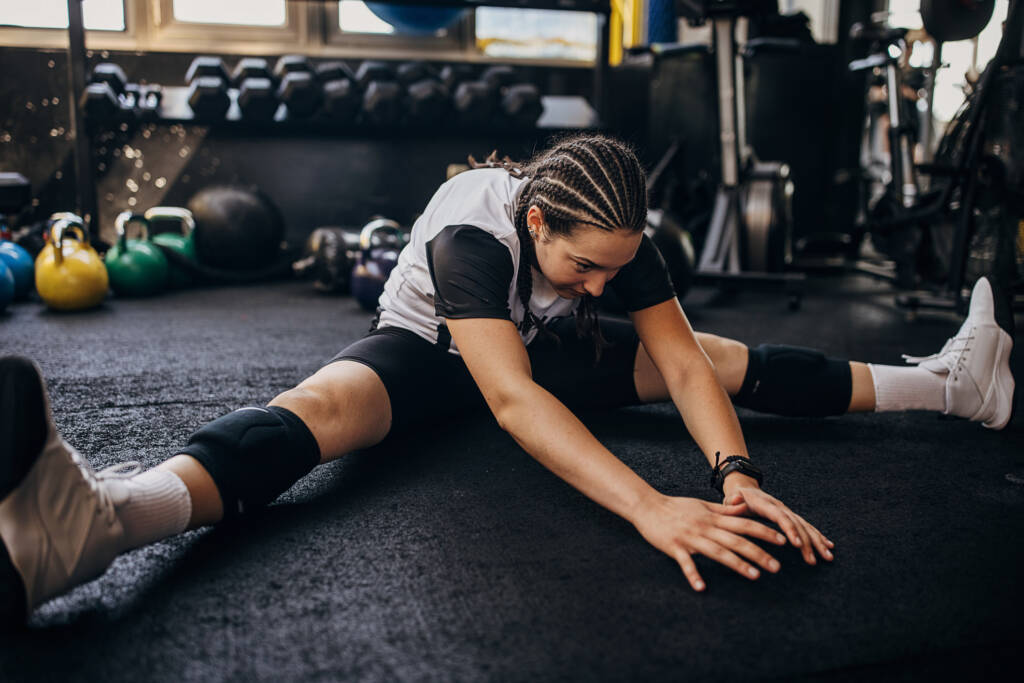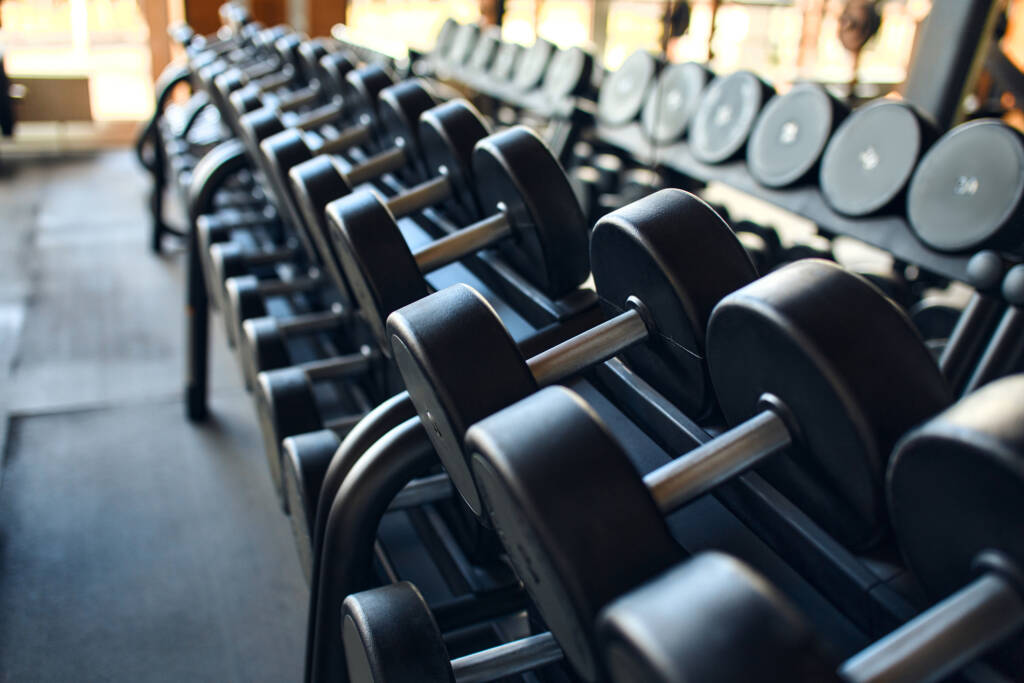
PE Flexibility Training

This course focuses on the often-neglected fitness component of flexibility. Students establish their fitness level, set goals, and design their own flexibility training program. They study muscular anatomy and learn specific exercises to stretch each muscle or muscle group. Students focus on proper posture and technique while training. They also gain an understanding of how to apply the FITT principles to flexibility training. This course explores aspects of static, isometric, and dynamic stretching, as well as touches on aspects of yoga and Pilates. This course also discusses good nutrition and effective cross-training. Students take a pre-and-post fitness assessment. Throughout this course, students also participate in a weekly fitness program involving flexibility training, as well as elements of cardio and strength training.
During this course, you will learn career-related skills and earn a badge for this accomplishment. A badge is a digital certification of your career-related learning that you can share on social media and higher education platforms, or with colleges, potential employers, peers, and colleagues. Select this link to learn more about badges.
Note: content varies depending on the course version. For currently enrolled students, please refer to the syllabus located in the course information area for curriculum specifics.
Major Topics and Concepts
Segment One:
- Fitness Assessment
- Fitness Assessment
- Getting Started
- Training Plan
- Principles & Technique
- Anatomy & Physiology
- Principles of Flexibility Training
- Exercise Safety
- Types of Flexibility Training
- Static Stretching
- PNF
- Dynamic Stretching
- Yoga & Pilates
- Types of Yoga
- Yoga Technique
- Pilates
- Cross-Training & Nutrition
- Benefits & Cross-Training
- Nutrition
Competencies
Flexibility Assessments and Analysis
Students will demonstrate an understanding of flexibility assessments and analysis by explaining the elements of a flexibility fitness assessment, describing flexibility goals, and explaining the flexibility training plan.
Flexibility Principles and Techniques
Students will demonstrate an understanding of flexibility principles and techniques by describing anatomy and physiology of flexibility, explaining the principles of flexibility training, and describing exercise safety.
Flexibility Training
Students will demonstrate an understanding of flexibility training types by describing static stretching, explaining PNF, and describing dynamic stretching.
Yoga and Pilates
Students will demonstrate an understanding of yoga and pilates by explaining types of yoga, describing yoga techniques, and describing pilates.
Cross-Training and Nutrition
Students will demonstrate an understanding of cross-training and nutrition by describing cross-training benefits and describing nutrition considerations.

